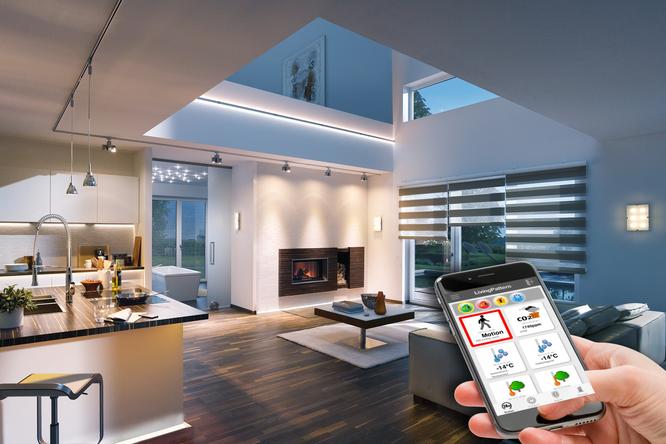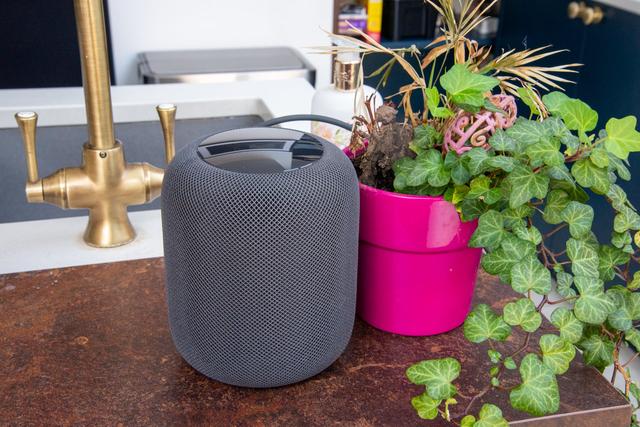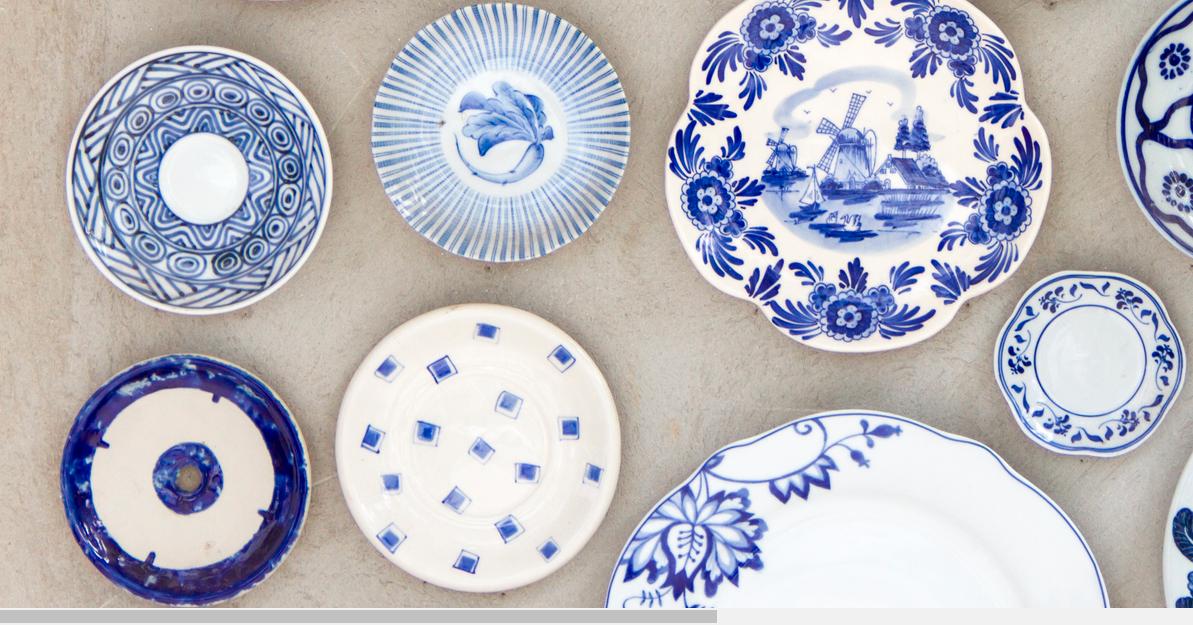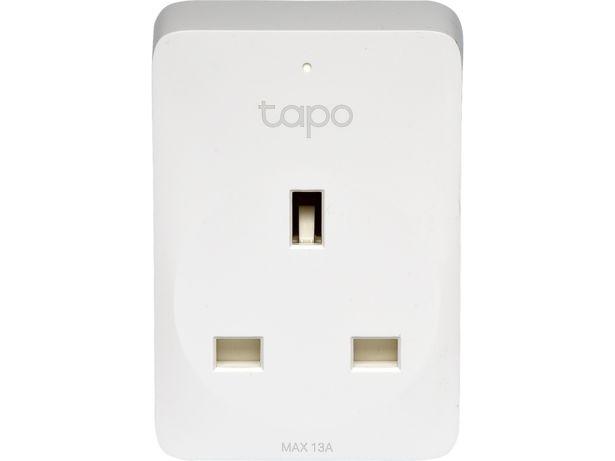Best smart home devices 2020 – how to build a smart home
Starting as something only the super-rich could afford with custom installations, the smart home is now a reality for all us thanks to voice assistants improving control and ubiquitous Wi-Fi providing us with the method of connecting the home. If you’re starting out, then you’re probably wondering what the best smart home devices are and what you need to make your house really clever. Wonder no more, as we’re here to help.
This guide will list some of our favourite products, plus we’ll take you through the various choices for making everything play nicely together, making everything work smoothly, and even how to automate your home so that it reacts automatically.
Best smart home devices – Smart speakers
One of the biggest issues with regards to creating a smart home has been in how to control it. In the past, this was achieved through installing numerous apps, switching between them to get anything done. Thanks to the rise of the smart speakers, such as the Amazon Echo devices, this is no longer such a problem. You can now control multiple smart devices using just your voice.
Investing in a smart speaker can make life easier, which is the reason it’s so high up my list. Your main choices are the Apple HomePod, Google Home and Amazon Echo.
Of these, the Apple HomePod is ideal for homes using Apple kit, as you’ll be able to control compatible devices using the iOS Home app. However, support for devices isn’t as wide as for the other two speakers.
Google Home support has improved, covering most major smart home devices. And, the Google Assistant – which powers the speaker – is the smartest and easiest to talk to.
However, the Amazon Echo range of speakers offers the widest level of smart home support – and some clever features. For example, follow our guide on how to use Amazon Alexa routines, and you can control multiple devices using one phrase, such as turning down your heating and lights when you go out. And, Alexa routines have improved, so you can use other smart devices, such as a Philips Hue motion sensor, to automatically control devices, say turning off your music when there’s no motion detected.
Related: Which Amazon Echo speaker should you buy?
Before you buy any smart home device, make sure it’s compatible with your smart speaker of choice.
Recommended product: Amazon Echo
Best smart home devices – Hubs, Wi-Fi and the smart home clutter
Foremost when setting up your smart home is the number of hubs that have to be plugged into your home router. Hubs convert the low-power communications protocol that a smart home device uses into something that your smartphone and smart speaker can communicate with.
While many devices will connect to Wi-Fi, avoiding the need for a hub, this isn’t always the best route to take – particularly with some device types. Wi-Fi, has three main problems. First, it can suffer frequent drop-outs. Second, it’s relatively high-power, so is no use for wireless door sensors on an alarm system, for example. Third, Wi-Fi routers are limited by the number of devices that can connect. If you have too many wireless devices, consumer hubs can start to fall over.
By using a smart home wireless protocol, such as Zigbee or Z-Wave, you avoid the problems of Wi-Fi at the expense of requiring a hub to be hooked up to your router.
Related: What are Z-Wave, Zigbee and other smart home protocols?
Of course, hubs can be unsightly and since they connect to the router, they’re not always in the best location. Typically speaking, placing hubs at the centre of your home is the best option.
If possible, run an Ethernet cable from your router to a cupboard with power in it. If you can’t run a cable, then Powerline networking is a good choice (smart home devices don’t need much bandwidth). In the cupboard, install a Gigabit Ethernet switch (an eight-port Netgear GS108UK will do the trick) hooked up to Ethernet cable or your homeplug adaptor. Now, you can plug all of your smart home hubs into this switch and have them conveniently out of the way.
That all said, Wi-Fi has to be used for devices that need a lot of bandwidth, such as wireless security cameras. Having strong Wi-Fi everywhere is really important, so we recommend buying a mesh system, such as the Netgear Orbi.
Best smart home devices – Smart thermostats
Smart thermostats are just about the best smart home device that you can buy. As well as saving you money through better scheduling, they make turning the heating on or off, or dialling up the heat, easy. This is particularly true if you use such a device with a smart speaker.
Our guide to the best smart thermostats has the current range reviewed, but if you’re looking for a couple of recommendations, then the Tado Smart Thermostat is a great choice, with support from Apple, Google and Amazon. And, you can expand the system with radiator controls, giving individual zone control in each room.
For larger rooms, or if you’re after room-by-room control, the Genius Hub system remains our top choice. In all cases, you’ll most likely need professional installation from a plumber.
Related: Best smart thermostat
Recommended product: Tado Smart Thermostat
Best smart home devices – Smart lighting
On the face of it, smart lighting doesn’t seem that interesting. Sure, being able to turn on your lights via your smartphone or using your voice might be a bit of a time-saver, but that’s about it.
However, smart lighting is about so much more. For example, with the right kit you could set your lights to come on if your security camera detects motion. Plus, you can set rules to have lights turn on and off automatically while you’re away, fooling would-be burglars into thinking you’re at home.
More than this, if you buy a system with colour- or temperature-changing bulbs, then you can also set the mood in your house, giving you a greater number of options for how your home looks and feels.
Smart lighting can be provided by smart light switches. These let you control your existing light bulbs, but don’t give you fancy colour-changing options. You’ll need dimmable bulbs, since these switches are all dimmers – and this is the only way to keep power, as most UK homes don’t have a neutral cable running to the switch.

Smart light bulbs provide all the fancy dimming options, plus you can get colour and temperature changing bulbs. Wi-Fi bulbs don’t require a hub, but you’re reliant on your wireless connection. Zigbee bulbs are more common and have the advantage that you can also buy dedicated light switches to use with them. This is important, since only being able to control your lights with your voice or an app can be annoying.
For this reason, I recommend the Philips Hue system. It has the greatest range of bulbs (colour, temperature and dimming only), offers the widest range of light fittings, plus clever LED light strips that you can run in lengths of up to 10 metres. With support for all major voice assistants, and with a range of wireless dimmers, it offers the best breadth of control options.
Recommended product: Philips Hue
Best smart home devices – Smart plugs
Smart plugs are a great way to make any device, well, smarter. These devices plug into a wall socket and toggle power to a connected device. Use them to turn a lamp on or off, or turn off the iron if you realise while you’re out that you’ve left it on.
The best smart plugs, such as the TP-Link HS100 Kasa Smart Plug have ‘away’ modes, which can toggle lamps on and off when you’re out. There’s a huge range available, but discover those most suitable to your needs in our guide to the best smart plugs.
Related: Best smart plugs
Recommend product: Belkin Wemo Insight Switch
Best smart home devices – Security cameras
Protecting your home is a key use of smart home products, so look for security options. For instance, a camera will enable you capture a record of what’s going on in and around your home, and send notifications of anything suspicious.
You can get indoor or outdoor cameras. I prefer outdoor models – a burglar has to get from outside to in, after all. However, such units are more difficult to install, and may require professional installation. Indoor cameras are far easier to place.
Most cameras can be scheduled to come on or off automatically. Some models can even turn on based on your location, coming on when you go out and off when you return.
Currently, Nest’s range of cameras is the best. Thanks to a reduction in subscription price, they’re also cheap to run, giving you 24-hour recording. The Nest Cam IQ Outdoor is the best outdoor camera, and includes facial recognition; the older Nest Cam Outdoor is still very good, and slightly easier to install.
For indoor use, the Nest Cam IQ offers brilliant facial recognition.
Recommend product: Nest Cam IQ Outdoor
Best smart home devices – Smart doorbells
Smart doorbells are a great way to protect the entrance to your home. As well as recording footage of anyone that comes up to your door, they even let you answer your door from your smartphone. That’s great for dealing with dodgy-looking people when you’re at home, or convincing a burglar that you’re in when you’re not. It presents a handy way to deal with couriers when you’re out, too.
There are two main systems available. The Ring Video Doorbell 3 Plus has the advantage of working from a battery, so you don’t need to wire it in. The Nest Hello is the top choice, since it offers 24-hour continuous recording and facial recognition. It’s comparatively expensive and needs to be wired in, though.
Recommended product: Nest Hello
Best smart home devices – Smart alarms
Smart alarms have become a lot better. Most are capable of being DIY installed, so you can put the sensors where you need them. We recommend using window/door sensors on all easily accessible doors and windows and then using motion sensors to cover corridors or large open-plan rooms. Look for a smart alarm that has mobile backup, so if your internet connection goes down you still get alerts. And, it’s worth looking at systems that have monitoring plans, too, so that you’ll get a phone call or automated police dispatch should your home be broken into.
Look for a smart alarm that can integrate into other devices, too. For example, with the Ring Alarm you can have your security cameras arm and disarm with the alarm so that you don’t record yourself going about your business.
Recommended product: Ring Alarm
The Keypad is easy to use but a Keyfob would be a nice option
Best smart home devices – Smart locks
Possibly a step too far for some homes, smart locks are growing in popularity, ditching keys for keyfob or smartphone entry. There are quite a few models available, but the ones that work best work with multi-point locking systems on inward opening doors. Getting a good lock for a wooden door is much harder.
Smart locks can be integrated into other systems, say automatically turning on lights when you unlock them. Out of all the models that we’ve tested, the Brisant Secure Ultion Smart is the best. It’s available in two main versions: one Z-Wave version that works with SmartThings, and one HomeKit version. This lock also has a traditional key lock on the outside, so you can always gain entry to your home or use your standard method of entry.
The chunky internal unit may get in the way of outward-opening doors
Best smart home devices – Dealing with automation
Once you’ve got your smart home kit installed, your voice assistant will provide a single place from which you can control all devices. But, what about automation?
Part of the fun of having a smart home is having the tools to run your house automatically. That’s where IF This Then That (IFTTT) comes in. This system lets you use supported devices to set up simple rules.
For example, if my security camera spots motion then turn on my light. It’s exceptionally easy to use, and for each supported device you’ll find a list of pre-made rules from other users that you can adopt wholesale or adapt to your own needs.
Related: A quick guide to IFTTT
Location awareness can be handy, say turning off your lights automatically when everyone goes out. Be careful how you use these systems, though. For example, if you have a babysitter or house guests around and the heating turns off before you go out, that doesn’t make things very comfortable for the people in your home.
In addition, look for external devices for controlling your smart home, such as the excellent Flic 2 Hub. These provide simple push-button ways of controlling devices, which can range from working as simple light switches to automating your home. I have Flic buttons to toggle a Sonos player on and off, for example.
Don’t forget that your smart speakers will most-likely provide a way for running multiple commands in one go, too. Amazon Alexa Routines, for example, lets you set a custom command (‘Alexa, goodbye’, for example) that triggers multiple actions to take place, such as turning off all of your lights.
Google Home has a similar thing with custom Google Assistant Routines. Again, you can set a custom word for the smart speaker to respond to and then trigger multiple actions to take place at the same time.
Typically, a combination of physical buttons, automated rules and smart speaker routines will achieve all that you need.
Best smart home devices – Taking things further
Greater automation (and complexity) can be added using external services. Samsung SmartThings has a range of automation options. For example, my garden office is set up so that locking the door after sunset turns off the lights inside, turns on the garden lights, and turns off the Sonos player. Note that SmartThings is fiddly to use and can be overwhelming for those new to the smart home.
Apps such as Yonomi are useful, letting you control multiple devices at once and set up more powerful rules than is possible with IFTTT. See an example of Yonomi in action in the guide on how to create a smart panic alarm. And, you can increase what HomeKit is capable of with a Raspberry Pi and the free Homebridge add-on, although this is quite fiddly to configure.



